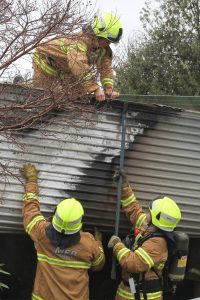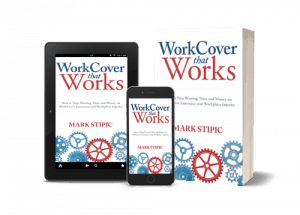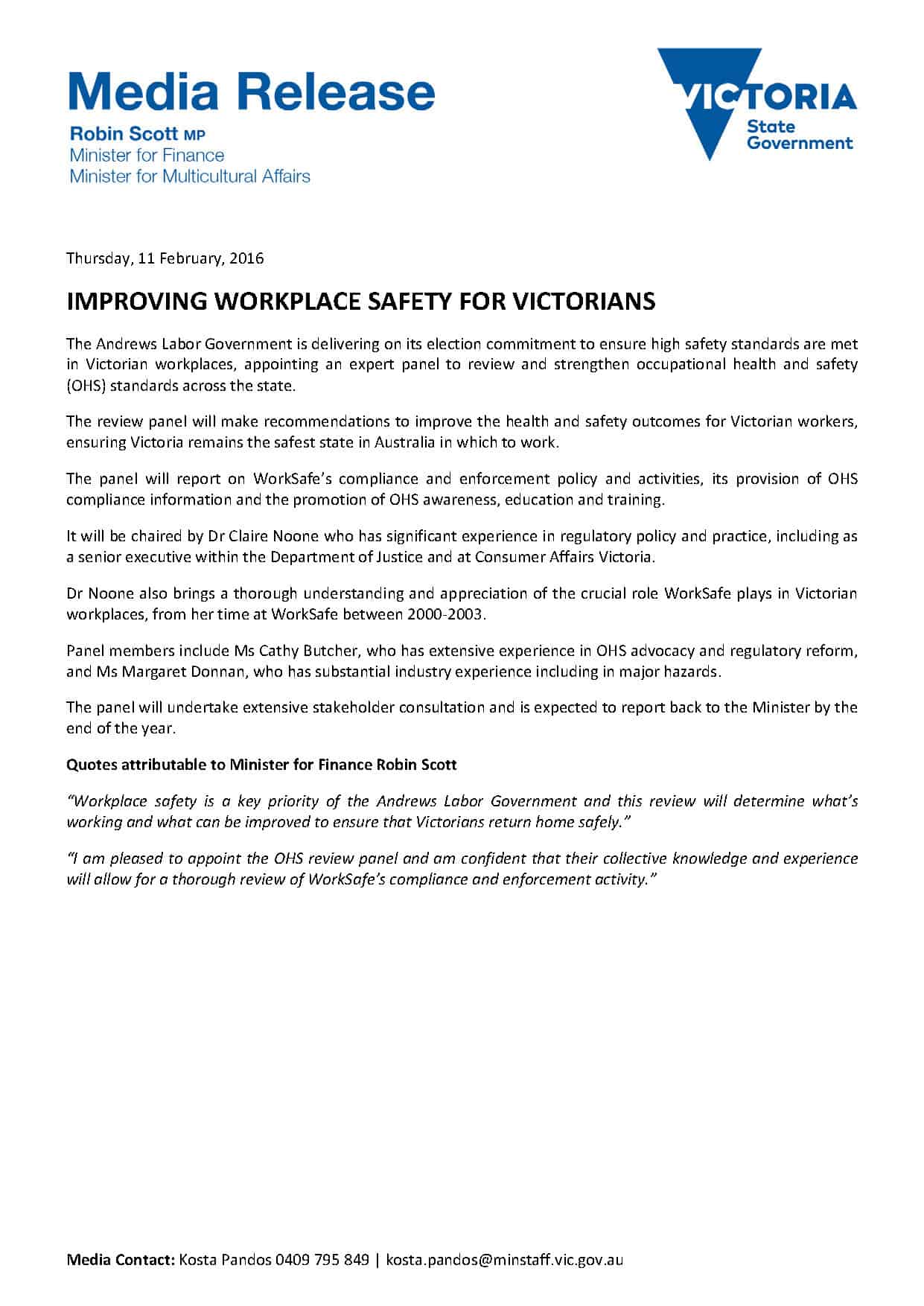
Some years ago there was a rumour that no workers’ compensation claims by firefighters employed by the Metropolitan Fire Brigade (MFB) were investigated and/or rejected by the MFB. The reason was that the United Firefighters’ Union would question any investigation on behalf of its members which would likely result in increased industrial relations tension.
Workers compensation data obtained by SafetyAtWorkBlog from the MFB under Freedom of Information seems to have scotched that rumour but does provide some interesting information which may also justify radical workplace health and safety thinking for this sector.

 In late July 2018, the
In late July 2018, the 

